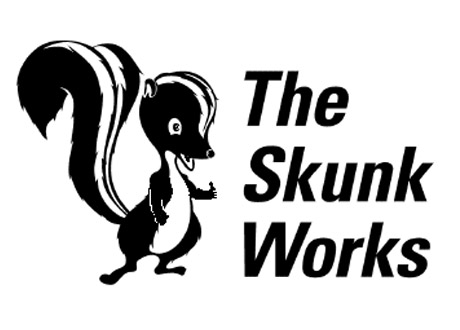What’s That Smell? Skunk Works® Meets Collaborative Innovation
The front and back ends of innovation test us in different ways. At the front end we wrestle with, “What problem is worth solving?” At the back end we wrestle with, “How do deliver something that offers greater relative advantage than the next best alternative?” The back end can test us the most. We tap fully our potential for leadership to produce something new—something that, in its newness, disrupts the status quo. In this article, innovation architect Doug Collins explores the link between the Skunk Works®, a successful approach to the back end developed during World War II, in the context of today’s approach to collaborative innovation.

